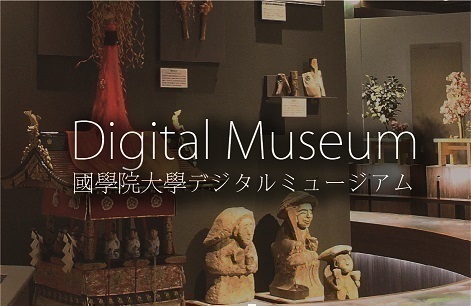- トップ
- Encyclopedia of Shinto
- Furukawa Mitsura
Encyclopedia of Shinto
| Main Menu: | |
| Links: |
詳細表示 (Complete Article)
| カテゴリー1: | 8. Schools, Groups, and Personalities |
|---|---|
| カテゴリー2: | Personalities |
| Title | Furukawa Mitsura |
| Text | (181-83) Shinto priest (shinshoku) and scholar of National Learning (kokugaku) of the late Edo) period and early Meiji era. His common names were Sohei, Shōsaku, and Mino no Kami, and he used the epistolary name Kyūkodō. Born in Edo in 1810, he was a disciple of Hirata Kanetane. During the last days of the Edo period he served as the Kantō region liaison for the Shirakawa haku Shinto clan (see Hakke Shintō), and after the establishment of the new Meiji state, he held a series of posts in the Shinto priesthood and government ministries. In 1873 he was appointed Senior Chief Priest (daigūji) at the shrine Hiraoka Jinja; in 1875 to kyūtō (Ninth Rank) at the Ministry of Home Affairs, and in 1877 he was made daigūji at the shrine Ōmiwa Jinja. In 1882 he was appointed to the post of priest (shinkan) and Moral Preceptor (kyōdōshoku; see taikyō senpu ) at Kotohira Jinja. He died there the following year at the age of seventy-four. In addition to his Shinto activities, Furukawa was versed in ancient practices and traditions, especially the historical evaluation and investigation of paintings. He revised and edited Kurokawa Harumura's Kōkogafu (Discourse on the Repertory of Ancient Paintings), and published this work together with his own explanatory essay. Furukawa was also proficient in the ancient court musical tradition of gagaku. He was the author of Sanki (Journal of Exhortation), Sōgiryaku (A Brief Account of Funerary Practices), and Meigen gen'yu (Origin of the Ritual of the Plucked Bowstring). - Mori Mizue |




